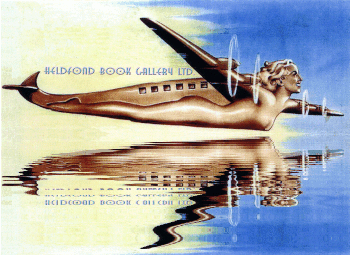Bound in pictorial staplebound wrappers. Collection presented in 3 large stylized soft portfolios with period black silk stockin
1936-1941. · Various places and Publishers.
Various places and Publishers. 1936-1941. Bound in pictorial staplebound wrappers. Collection presented in 3 large stylized soft portfolios with period black silk stocking tied closures. 11" x 14 Collection is comprised of :
Official Detective Stories - 5/36, 6/36, 9/36.
Tru-Life Detective Cases - 10/41, 11/41, 1/42.
Secret Detective Cases - 2/42.
Sensational Detective Tru-Crime Cases - 6/41, 7/41, 11/41, 12/41, 2/42.
Crime Confessions - 11/39, 7/40, 1/41, 4/41, 5/41, 6/41, 7/41, 8/41, 9/41, 10/41, 11/41, 12/41, 1/42.
Illustrated with Pulp Cover Art , monochrome photographs, period advertisements, etc. The term, Pulp Fiction , originated from (truncated)





